There’s a lot to love about print, from the subtle look of embossing to the texture of a particularly well-chosen stock to the ability to personalize cups, pens, and much more. To celebrate the holidays and our love of print, I talked to a number of members of the Navitor team and asked them what they love about print.
What did they love most?
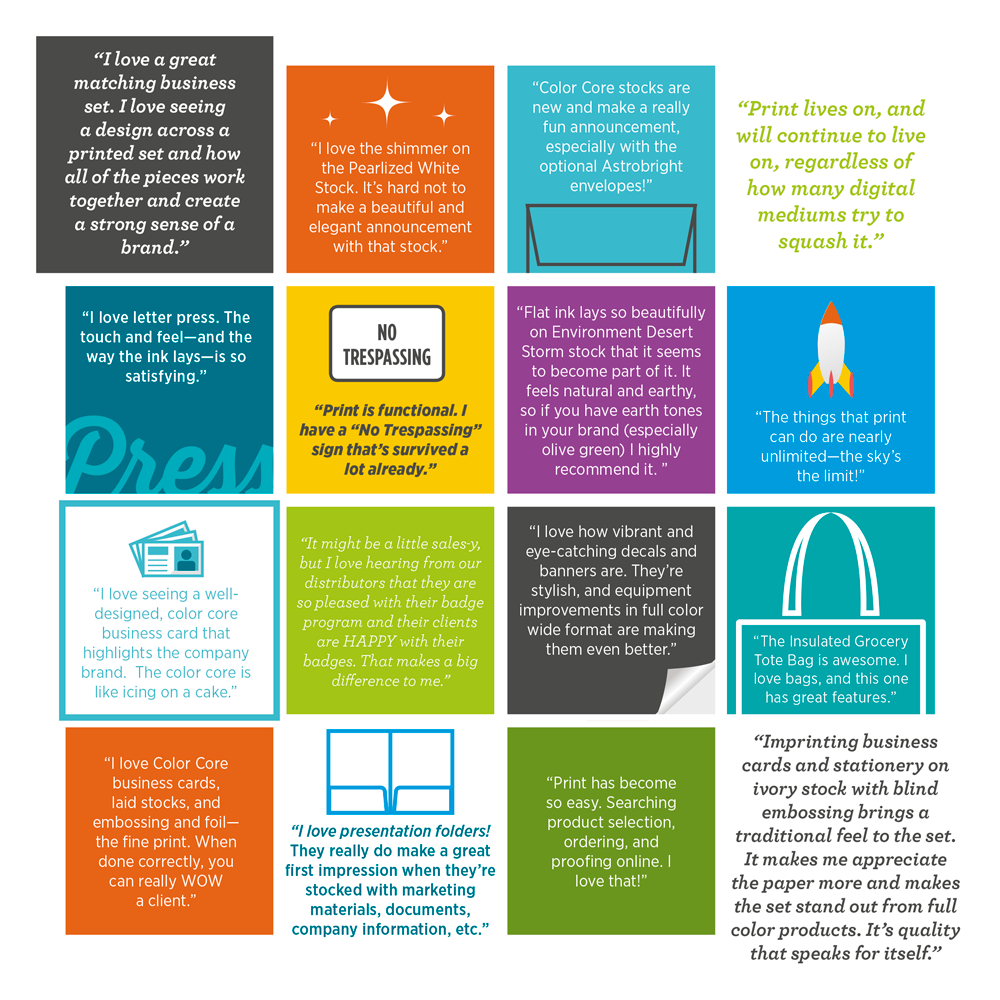 What do you love about print? Did any of these quotes hit home with you, or is there another product you particularly love? Tell us about it in the comments below.
What do you love about print? Did any of these quotes hit home with you, or is there another product you particularly love? Tell us about it in the comments below.
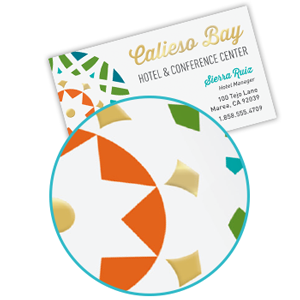 With the year coming to close, we wanted to do a wrap up of all the new products and features that have been added to Navitor.com this year.
With the year coming to close, we wanted to do a wrap up of all the new products and features that have been added to Navitor.com this year.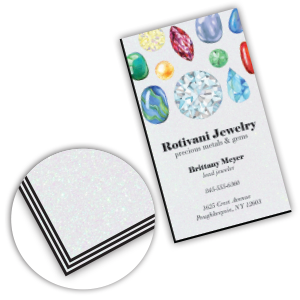 Blank letterhead
Blank letterhead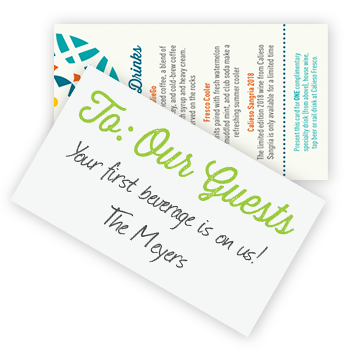 The holiday season is here, and your customers probably have a checklist. Send out greeting cards? Check. Decorate a tree? Check. Purchase gifts? Check. But have they considered adding business cards to their checklist?
The holiday season is here, and your customers probably have a checklist. Send out greeting cards? Check. Decorate a tree? Check. Purchase gifts? Check. But have they considered adding business cards to their checklist?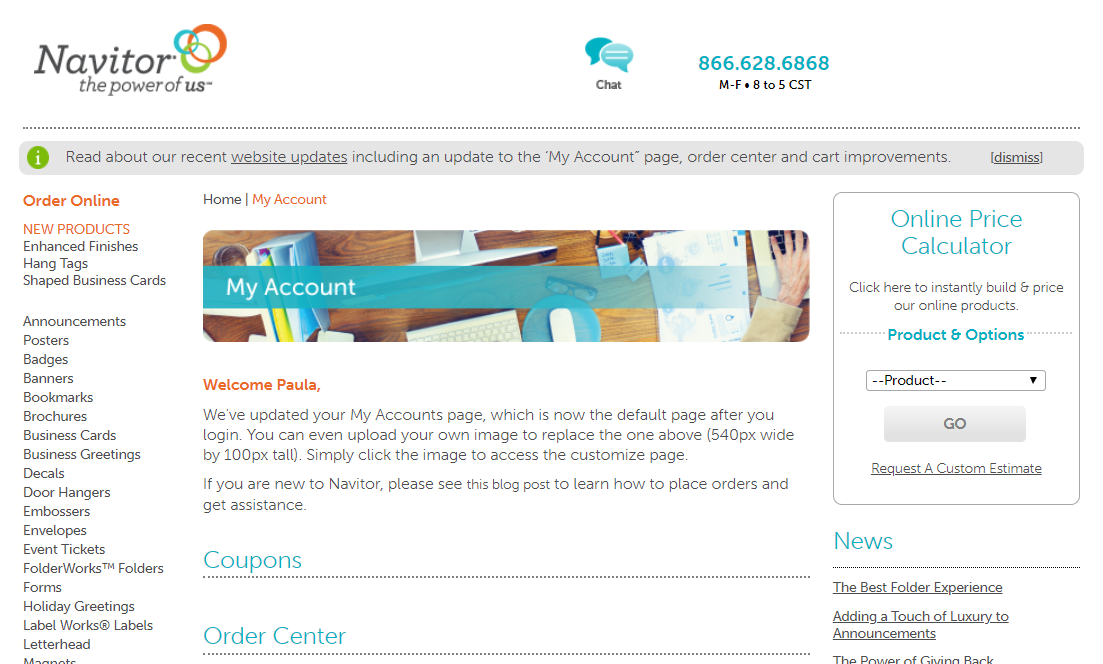
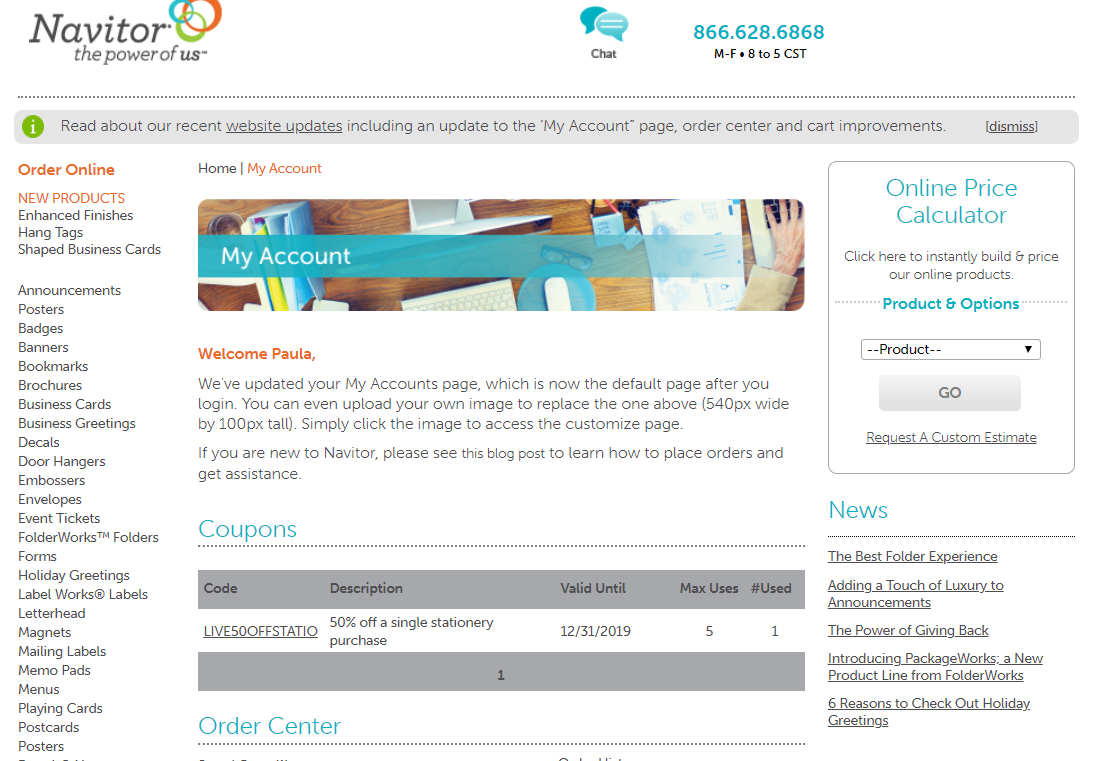

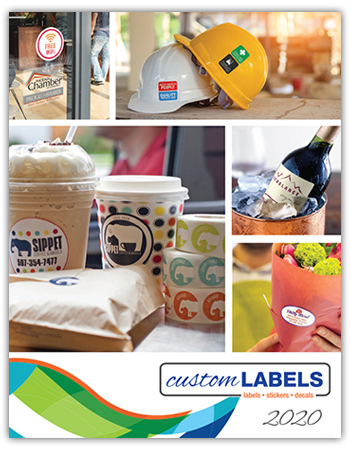 We’re excited to share our 2020 Label Works custom labels catalog with you! While we’ve maintained the offering you loved from last year, we’ve also expanded and added new features. PLUS, we’ve wrapped it up in a fresh, new look!
We’re excited to share our 2020 Label Works custom labels catalog with you! While we’ve maintained the offering you loved from last year, we’ve also expanded and added new features. PLUS, we’ve wrapped it up in a fresh, new look!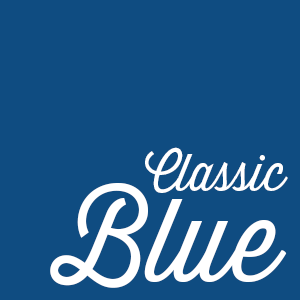 Pantone, the leading authority in color, has announced their choice for color of the year in 2020: Classic Blue (PANTONE 19-4052)! A timeless and enduring blue hue is elegant in its simplicity and satisfies our desire for a dependable and stable foundation on which to build as we cross the threshold into a new era.
Pantone, the leading authority in color, has announced their choice for color of the year in 2020: Classic Blue (PANTONE 19-4052)! A timeless and enduring blue hue is elegant in its simplicity and satisfies our desire for a dependable and stable foundation on which to build as we cross the threshold into a new era.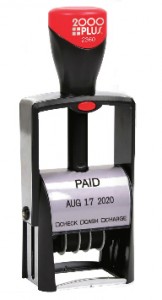 The New Year is rapidly approaching, so now is a good time to talk to your customers about refreshing their date stamps and embossers while they prepare to order other dated goods like calendars, planners, and appointment books.
The New Year is rapidly approaching, so now is a good time to talk to your customers about refreshing their date stamps and embossers while they prepare to order other dated goods like calendars, planners, and appointment books. We’ve talked through marketing strategies for the rest of the year – now it’s time to plan for this winter! As the weather gets cold and, for many of us, snow becomes a constant topic of conversation, it provides an opportunity to start our planning with a blank canvas. Winter is the perfect time to regroup, set goals and much more. Here are our tips for creating a winter marketing strategy.
We’ve talked through marketing strategies for the rest of the year – now it’s time to plan for this winter! As the weather gets cold and, for many of us, snow becomes a constant topic of conversation, it provides an opportunity to start our planning with a blank canvas. Winter is the perfect time to regroup, set goals and much more. Here are our tips for creating a winter marketing strategy. The New Year is fast approaching, and that means it’s time for your customers to reorder the print pieces they rely on! Whether their print needs an update before 2020 or they want to freshen things up, it’s a great time for them to reorder the pieces they use every day. It’s also a good time for you to remind your customers of the products they might want before January. Here’s a checklist of the things your customers should consider reordering before the New Year.
The New Year is fast approaching, and that means it’s time for your customers to reorder the print pieces they rely on! Whether their print needs an update before 2020 or they want to freshen things up, it’s a great time for them to reorder the pieces they use every day. It’s also a good time for you to remind your customers of the products they might want before January. Here’s a checklist of the things your customers should consider reordering before the New Year. Are your customers looking for ways to increase their business success? Are you looking for a way to boost your bottom line? If so, FolderWorks™ has the answers to both of these questions! We are confident that our products, solutions, and services will deliver success for both you and your customers and provide you with the Best Folder Experience.
Are your customers looking for ways to increase their business success? Are you looking for a way to boost your bottom line? If so, FolderWorks™ has the answers to both of these questions! We are confident that our products, solutions, and services will deliver success for both you and your customers and provide you with the Best Folder Experience.